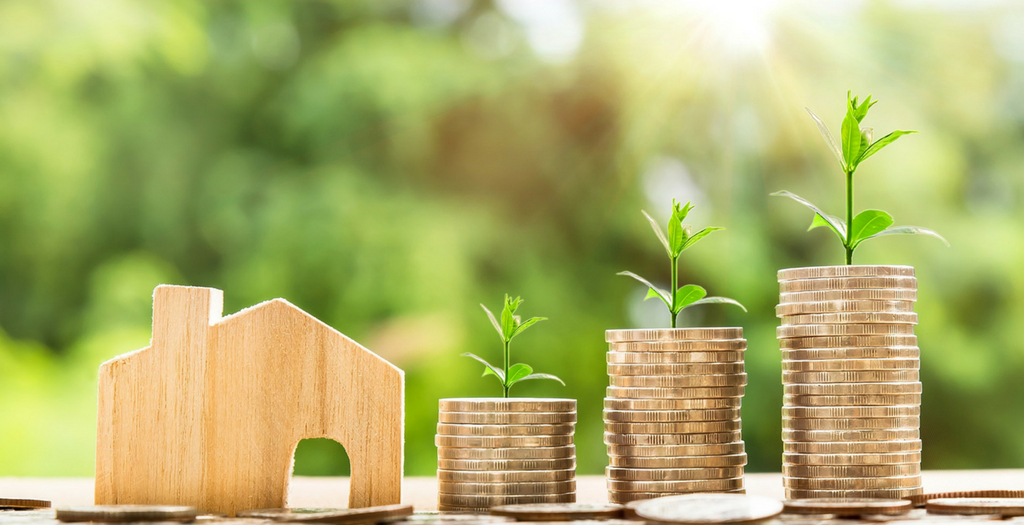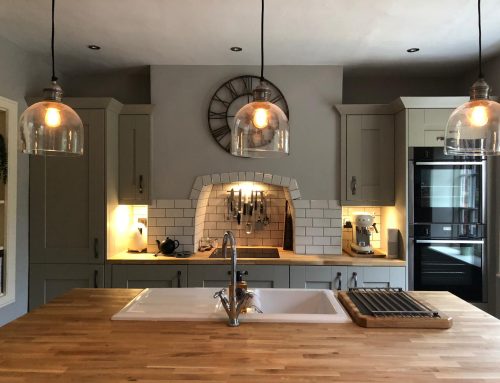[av_one_full first min_height=” vertical_alignment=” space=” row_boxshadow=” row_boxshadow_color=” row_boxshadow_width=’10’ custom_margin=” margin=’0px’ mobile_breaking=” border=” border_color=” radius=’0px’ padding=’0px’ column_boxshadow=” column_boxshadow_color=” column_boxshadow_width=’10’ background=’bg_color’ background_color=” background_gradient_color1=” background_gradient_color2=” background_gradient_direction=’vertical’ src=” background_position=’top left’ background_repeat=’no-repeat’ highlight=” highlight_size=” animation=” link=” linktarget=” link_hover=” title_attr=” alt_attr=” mobile_display=” id=” custom_class=” aria_label=” av_uid=’av-suku’]
[av_image src=’https://217.199.187.192/phihome.co.uk/wp-content/uploads/2020/08/save-energy-and-money-parker-home-improvements-bury-st-edmunds.jpg’ attachment=’1225′ attachment_size=’full’ copyright=” caption=” styling=” align=’center’ font_size=” overlay_opacity=’0.4′ overlay_color=’#000000′ overlay_text_color=’#ffffff’ animation=’no-animation’ hover=” appearance=” link=” target=” id=” custom_class=” av_element_hidden_in_editor=’0′ av_uid=’av-kd04l6f2′ admin_preview_bg=”][/av_image]
[av_hr class=’invisible’ icon_select=’yes’ icon=’ue808′ font=’entypo-fontello’ position=’center’ shadow=’no-shadow’ height=’50’ custom_border=’av-border-thin’ custom_width=’50px’ custom_margin_top=’30px’ custom_margin_bottom=’30px’ custom_border_color=” custom_icon_color=” id=” custom_class=” av_uid=’av-kd04ks2s’ admin_preview_bg=”]
[av_textblock size=” av-medium-font-size=” av-small-font-size=” av-mini-font-size=” font_color=” color=” id=” custom_class=” av_uid=’av-kby1o1aa’ admin_preview_bg=”]
Saving energy and money (and the planet)
[/av_textblock]
[av_hr class=’invisible’ icon_select=’yes’ icon=’ue808′ font=’entypo-fontello’ position=’center’ shadow=’no-shadow’ height=’20’ custom_border=’av-border-thin’ custom_width=’50px’ custom_margin_top=’30px’ custom_margin_bottom=’30px’ custom_border_color=” custom_icon_color=” id=” custom_class=” av_uid=’av-kby1tih3′ admin_preview_bg=”]
[av_textblock size=” av-medium-font-size=” av-small-font-size=” av-mini-font-size=” font_color=” color=” id=” custom_class=” av_uid=’av-kby1n9og’ admin_preview_bg=”]
Around 15 years ago I was at the forefront of a drive to towards making biodegradable packaging commonplace. Unfortunately, at that time it fell on deaf ears. There were definitely concerns about the sustainability of plastic and its use in packaging, among other products. But not for the reasons you might expect! The production of plastic involves oil, and the industry awoke to the fact that oil is not limitless in its availability and that it was also beholden to huge price fluctuations. In the long run though, not much has changed until very recently.
Nowadays of course, plastic is in the news for very different reasons. Regular plastic is not biodegradable, and as you’ll be aware, far too much ends up in our oceans. As a result, not only are there huge areas covered in floating plastic, but plastic particles are finding their way into our food chain as a result of being swallowed by marine life!
Plastic is just one area where we have a direct impact on our environment and is a challenge we hope will be solved before too long.
There are a great number of other ways in which we can reduce our effect on our planet, with the additional benefit of saving money in the process. And when it comes to our homes, we can also make ourselves more comfortable in the process!
Let’s look at a few of those, starting with the debate about leaving your heating on low all the time or just when you need it.
Most of the experts seem to come down on the side of using your heating on a timer, rather than keeping the heating ticking over all day. In our experience, it’s well worth seeing what works best for your own home.
For example, in a modern and well insulated property, heating as you need it is probably the best way to go. The house will warm quickly and hold the heat efficiently.
In an older property with thick stone walls though, it may prove more effective to keep a constant low-level heat within the home. The best way to find out?
One way to determine what’s best for you is to trial a week of one method, followed by a week of the other. The key is to check and record meter readings (and/or oil levels) at the end of each week. Assuming reasonably constant weather conditions, this should give you an idea of not only works best for keeping you toasty and warm but also which is kinder to your wallet.
Earlier we mentioned insulation. If you haven’t checked your loft insulation for a while, you may be surprised by how little you have in place compared to current standards. Most recommendations for insultation thickness is 250 to 270mm. If your home adheres to the older standard of say, 100mm, you’re letting heat and money escape through your roof!
Another simple change that saves energy and a great deal of money over time is simply switching to LED lighting. With an expected life span of 25000 hours (that’s 3 years of continuous use!), LED bulbs can be purchased online for less than £2 each and more than pay for themselves in cost savings!
Combine this with the use of sensors so lights are only on when rooms are in use and you’re saving even more energy and money.
Small changes and investments now will continue to pay dividends for years to come.
And when it comes to saving this planet, every little effort helps
[/av_textblock]
[/av_one_full]







Leave A Comment
You must be logged in to post a comment.